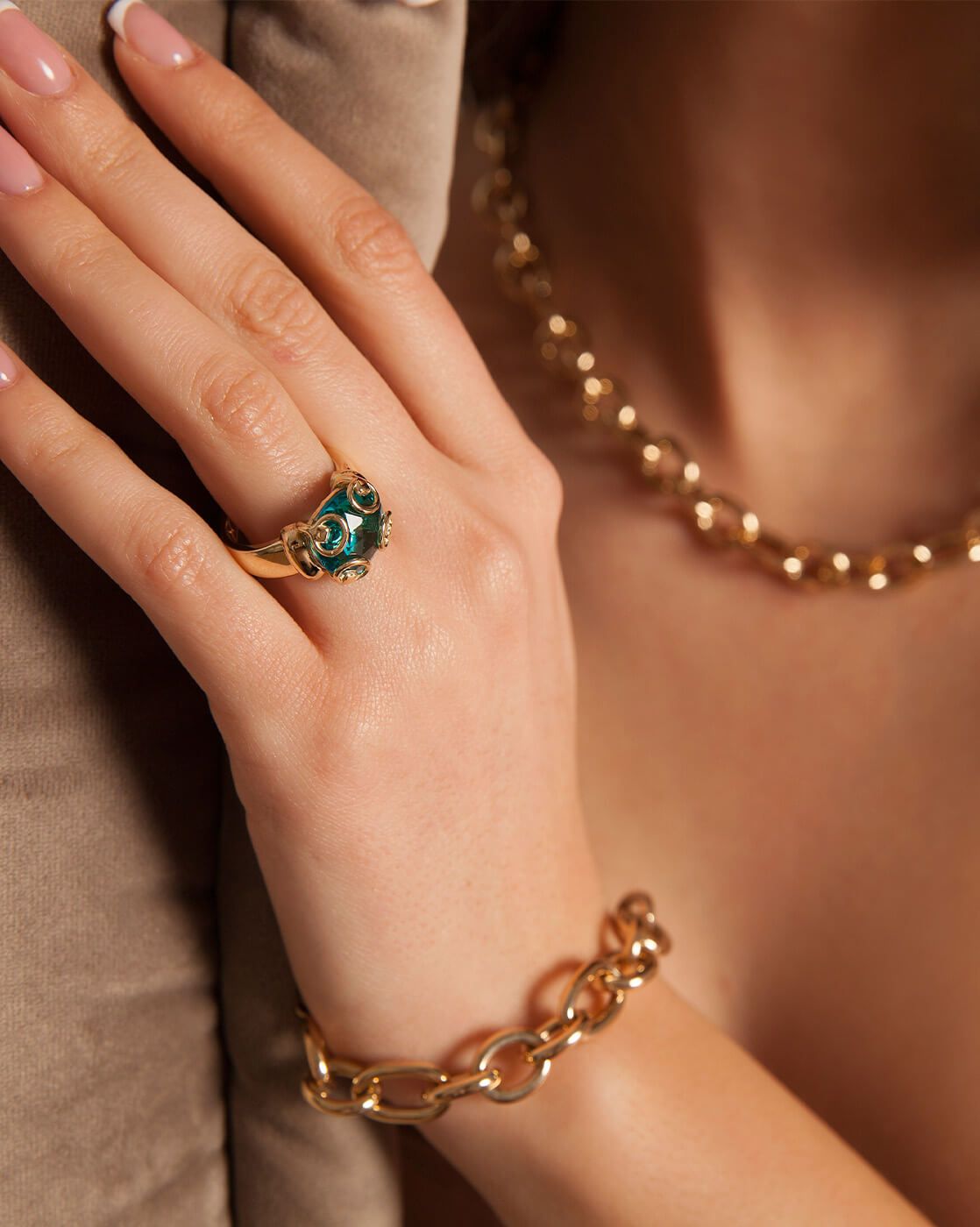Causes
Pinguecula is thought to be caused by a combination of dry eyes and exposure to wind, dust, or ultraviolet light from the sun. For this reason, pinguecula is sometimes known as 'surfer’s eye', and it is most commonly found among people who live in tropical climates. Any constant irritation to the eye can lead to pinguecula, regardless of location or activity.
Treatment
- Wear sunglasses to protect the eyes from ultraviolet light.
- Wear glasses or goggles to keep dust out.
- Use artificial tears to lubricate the eyes and help them maintain moisture.
Pinguecula and Pterygium
Occasionally, pinguecula is confused with another form of eye growth called Pterygium. Sometimes the two are mentioned together, but they are distinct conditions. Pterygia is the growth of fleshy tissue that can start as a pinguecula, but it grows large enough to cover the cornea and affect vision. Pinguecula do not grow, do not cover the cornea, and do not affect vision.











